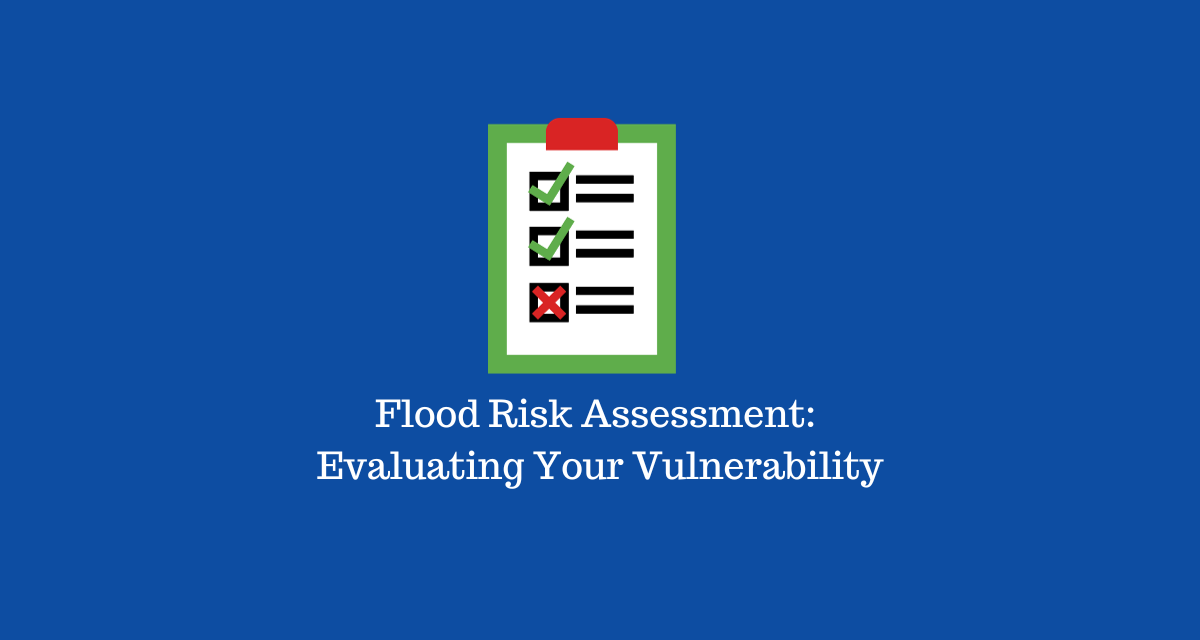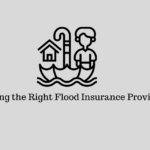Flooding is a natural disaster that can have severe and often devastating consequences for communities, businesses, and individuals. Conducting a flood risk assessment is a critical step in understanding your vulnerability to potential flooding events. In this article, we will explore the importance of flood risk assessment, the key factors involved, and how it can help you prepare for and mitigate the impact of flooding.
The Significance of Flood Risk Assessment
Anticipating and Preparing for Flooding
Flood risk assessment allows you to anticipate and prepare for potential flooding events. By understanding your vulnerability, you can take proactive measures to protect your property, assets, and well-being.
Risk Mitigation
Identifying areas at risk of flooding enables you to implement mitigation strategies. This might include elevating structures, installing flood barriers, or relocating assets to safer locations.
Insurance and Financial Planning
Understanding your flood risk is crucial for insurance and financial planning. It can help you determine the need for flood insurance and ensure that you have adequate coverage to protect your investments.
Key Components of Flood Risk Assessment
1. Location and Topography
Your property’s location and topography play a significant role in flood risk. Low-lying areas near bodies of water or in flood-prone regions are naturally more vulnerable to flooding.
2. Historical Data
Analyzing historical flood data for your area can provide insights into the frequency, severity, and impact of past flooding events. This information can help you assess the likelihood of future floods.
3. Flood Zones
Floodplain maps and flood zone designations are important tools for assessing flood risk. These maps are often maintained by local authorities and provide information on flood-prone areas.
4. Climate and Weather Patterns
Understanding regional climate and weather patterns is essential for evaluating flood risk. Certain weather conditions, such as heavy rainfall or storm surges, can increase the likelihood of flooding.
5. Infrastructure and Drainage
The condition of local infrastructure, including drainage systems and levees, can impact flood risk. Assess the effectiveness and maintenance of these structures in your area.
Conducting a Flood Risk Assessment
To conduct a flood risk assessment for your property or community, consider the following steps:
- Gather Data: Collect relevant information, including floodplain maps, historical flood records, and local climate data.
- Evaluate Topography: Examine the elevation and topography of your location to determine if it’s in a low-lying or flood-prone area.
- Assess Infrastructure: Evaluate the condition and capacity of local drainage systems and flood control infrastructure.
- Consider Weather Patterns: Understand the weather patterns and conditions that could lead to flooding in your region.
- Consult Experts: Seek guidance from experts, including hydrologists, geologists, and flood risk assessors, to gain a comprehensive understanding of your flood risk.
- Mitigation Strategies: Based on your assessment, develop mitigation strategies to reduce your vulnerability to flooding.
Conclusion
Flood risk assessment is a crucial step in disaster preparedness and risk management. By evaluating your vulnerability to flooding and understanding the factors that contribute to flood risk, you can make informed decisions about protecting your property, assets, and community. Whether you’re a homeowner, business owner, or local government, taking proactive steps to assess and mitigate flood risk is essential for safeguarding lives and property in the face of this natural hazard.










